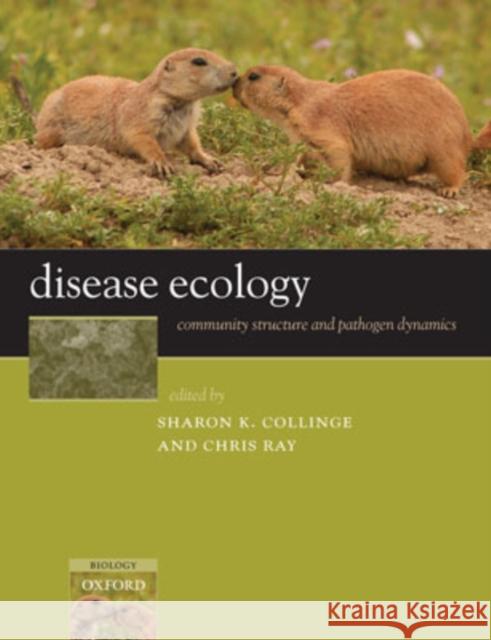Disease Ecology: Community Structure and Pathogen Dynamics » książka
Disease Ecology: Community Structure and Pathogen Dynamics
ISBN-13: 9780198567080 / Angielski / Miękka / 2006 / 240 str.
This study contends that the prevalence of both human and wildlife diseases may be altered in unanticipated ways by changes in the structure and composition of ecological communities. It highlights research towards understanding the importance of this community structure. Disease Ecology highlights exciting advances in theoretical and empirical research towards understanding the importance of community structure in the emergence of infectious diseases. The chapters in this book illustrate aspects of community ecology that influence pathogen transmission rates and disease dynamics in a wide variety of study systems. The innovative studies presented here communicate a clear message: studies of epidemiology can be approached from the perspective of community ecology, and students of community ecology can contribute significantly to epidemiology. Many infectious diseases of recent concern, including malaria, cholera, plague, and Lyme disease, have emerged from complex ecological communities, involving multiple hosts and their associated parasites. Several of these diseases appear to be influenced by human impacts on the environment, such as intensive agriculture, clear-cut forestry, and habitat loss and fragmentation; such environmental impacts may affect many species that occur at trophic levels below or above the host community. These observations suggest that the prevalence of both human and wildlife diseases may be altered in unanticipated ways by changes in the structure and composition of ecological communities. Predicting the epidemiological ramifications of such alteration in community composition will require strengthening the current union between community ecology and epidemiology. Disease Ecology highlights exciting advances in theoretical and empirical research towards understanding the importance of community structure in the emergence of infectious diseases. To date, research on host-parasite systems has tended to explore











